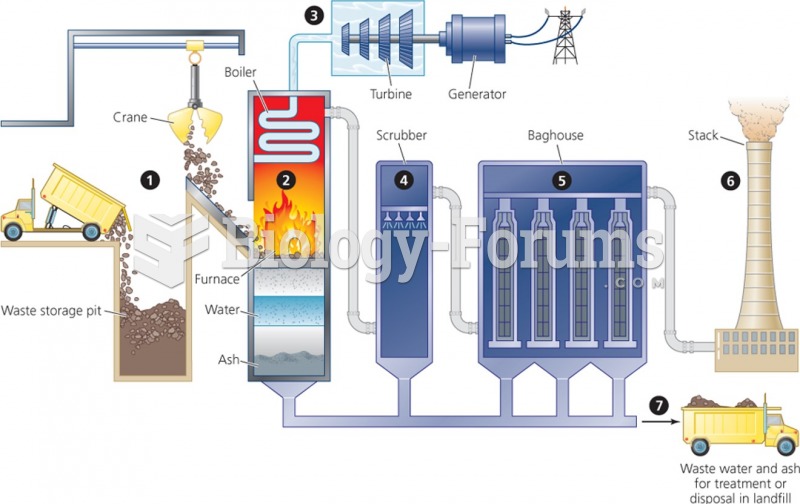Answer to Question 1
1 . Initial contact takes place as a result of a police action.
2 . Investigation: police may investigate to gather sufficient facts, or evidence, to identify the perpetrator, justify an arrest, and bring the offender to trial; this may take from a few minutes to years.
3 . Arrest: An arrest occurs when the police take a person into custody for allegedly committing a criminal act; police must have probable cause that a crime was committed and that the suspect committed the crime; the officer deprives the individual of freedom and the suspect believes he or she cannot leave voluntarily.
4 . Custody: The suspect may be booked, be part of a line-up and/or interrogated.
5 . Complaint/charging: the prosecutor decides whether to file a complaint, information, or bill of indictment; complaints are used in misdemeanors, information and indictment are employed in felonies. Each is a charging document asking the court to bring a case forward to be tried.
6 . Preliminary hearing/grand jury: Either a grand jury (indictment) or an impartial lower-court judge (information) must determine whether there is probable cause to bring the case to trial.
7 . An arraignment brings the accused before the court that will actually try the case; formal charges are read, and defendants are informed of their constitutional rights (such as the right to legal counsel); bail is considered, and a trial date is set.
8 . Bail or detention: Bail is a money bond, the amount of which is set by judicial authority; it is intended to ensure the presence of suspects at trial while allowing them their freedom until that time. Suspects who cannot afford bail or whose cases are so serious that a judge refuses them bail (usually restricted to capital cases) must remain in detention until trial.
9 . Plea bargaining: The prosecutor meets with the defendant and his or her attorney; if plea bargaining is successful, the accused pleads guilty as charged, thus ending the criminal trial process; in return for the plea, the prosecutor may reduce charges, request a lenient sentence, or grant the defendant some other consideration.
10 . Trial/adjudication: Full-scale inquiry into the facts of the case before a judge, a jury, or both.
11 . Disposition/sentencing: involves a fine, a term of community supervision (probation), a period of incarceration in a penal institution, or some combination of these penalties.
12 . Postconviction remedies/appeal.
13 . Correctional treatment: Those sentenced may serve a term of community supervision under control of the county probation department; a term in a community correctional center, or incarceration in a large penal institution.
14 . Release: at the end of the correctional sentence, most inmates are granted parole.
15 . Postrelease/aftercare: Offenders are provided resources to reenter the community; successful completion of the postrelease period marks the end of the criminal justice process.
Answer to Question 2
a







